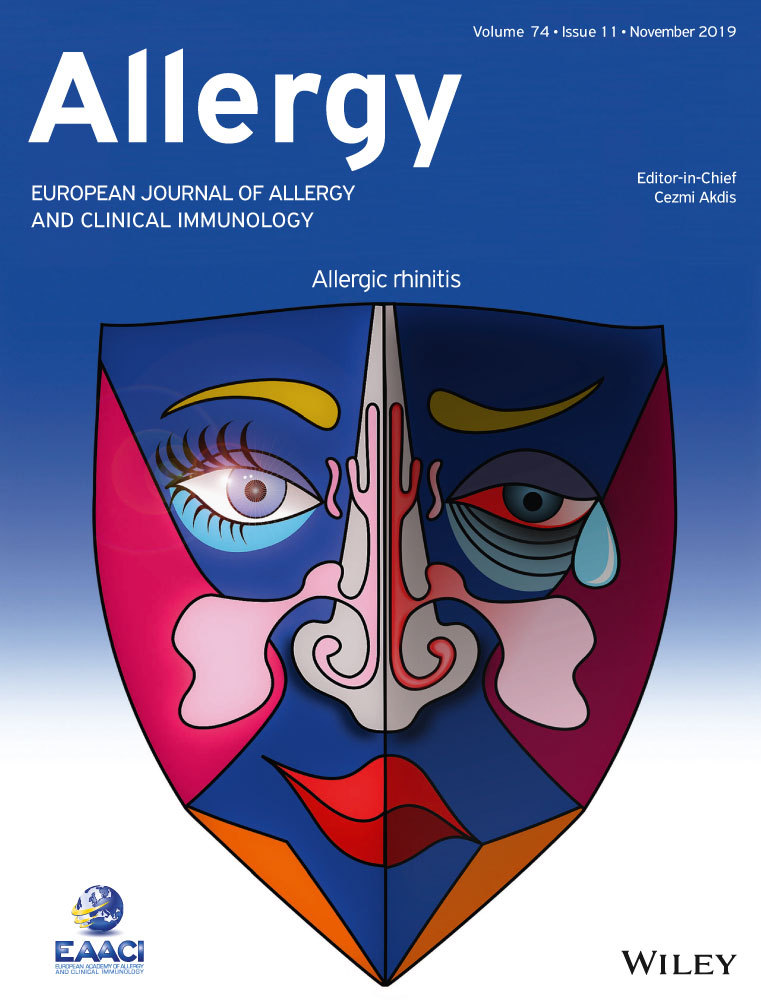Allergy…No more fear of needles!
[Correction added on 6 August 2019, after first online publication on 29 July 2019: the affiliations for authors Alberto G. Martelli and Alessandro Giovanni Fiocchi have been corrected in this version]
Abstract
Needleless injection systems are nowadays widespread and are mainly used to overcome the common problems of needle injection systems, such as pain, hematoma, scar tissue formation, infection or abscess, possibility of accidentally injecting into a venous vessel, and transmission of infectious diseases. All these problems are independent of the type of drug injected and are exclusively related to the needle devices. Current needleless injection systems are a valuable tool, which is especially available for the administration of vaccines to large numbers of patients. Our experience focused in particular on the so-called "jet injectors," of which one of the most valid representatives is Injex®. Our patent essentially concerns a medical needleless device, suitable to inject a subcutaneous AIT (allergy immunotherapy). The mechanism at the base of our device works with compressed air by means of a spring: It is very simple and similar to that of compressed air guns. Once the syringe has been filled, it is placed perpendicular to the skin, and then, the device is activated. The pressure vaporizes the drug, without changing or altering its chemical structure; it makes it pass through the epidermis, until it quickly reaches the subcutaneous layer, at a depth between 3.2 and 9.1 mm, without the patient feeling any pain. The entrance hole made by the needleless device in the epidermis is 0.17 mm rather than 0.39 mm of a normal needle. This type of administration also allows a uniform and spray diffusion of the drug, without causing localized inflammation, as it sometimes happens with normal syringe.
CONFLICTS OF INTEREST
The authors declare that they have no conflicts of interest.




